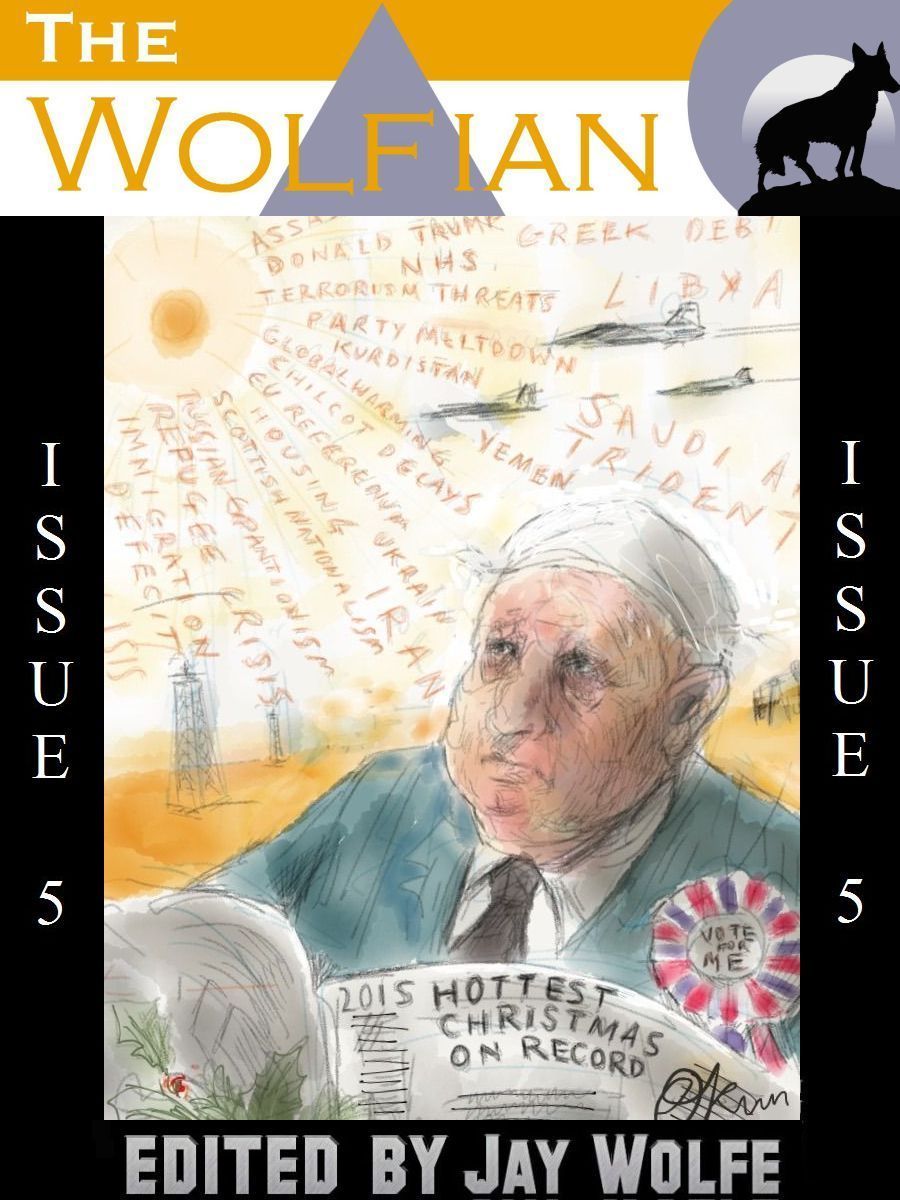Ystalyfera
History and Heritage
Bronchitis Valley
When my family had to leave Pantteg after a landslide in 1986, we were offered accommodation in Ystalyfera and thankfully it was on the same mountain and high enough up to still bless us with the magnificent view across the valley. However, the words of advice were, leave the valley altogether if you suffer from a bad chest. Well none of us did at the time so we settled in and I am often amused at just how many dull days we remained at home only to find a neighbour had made it to Porthcawl and had had a wonderful day on the beach. Eventually we also wised up and true, after Pontardawe the weather appears to take a turn for the better, it certainly feels colder when I am past Tescos roundabout and heading for home.
So the other day, when searching through the Llais Newspaper for an Obituary report I was not surprised to come across these two articles.
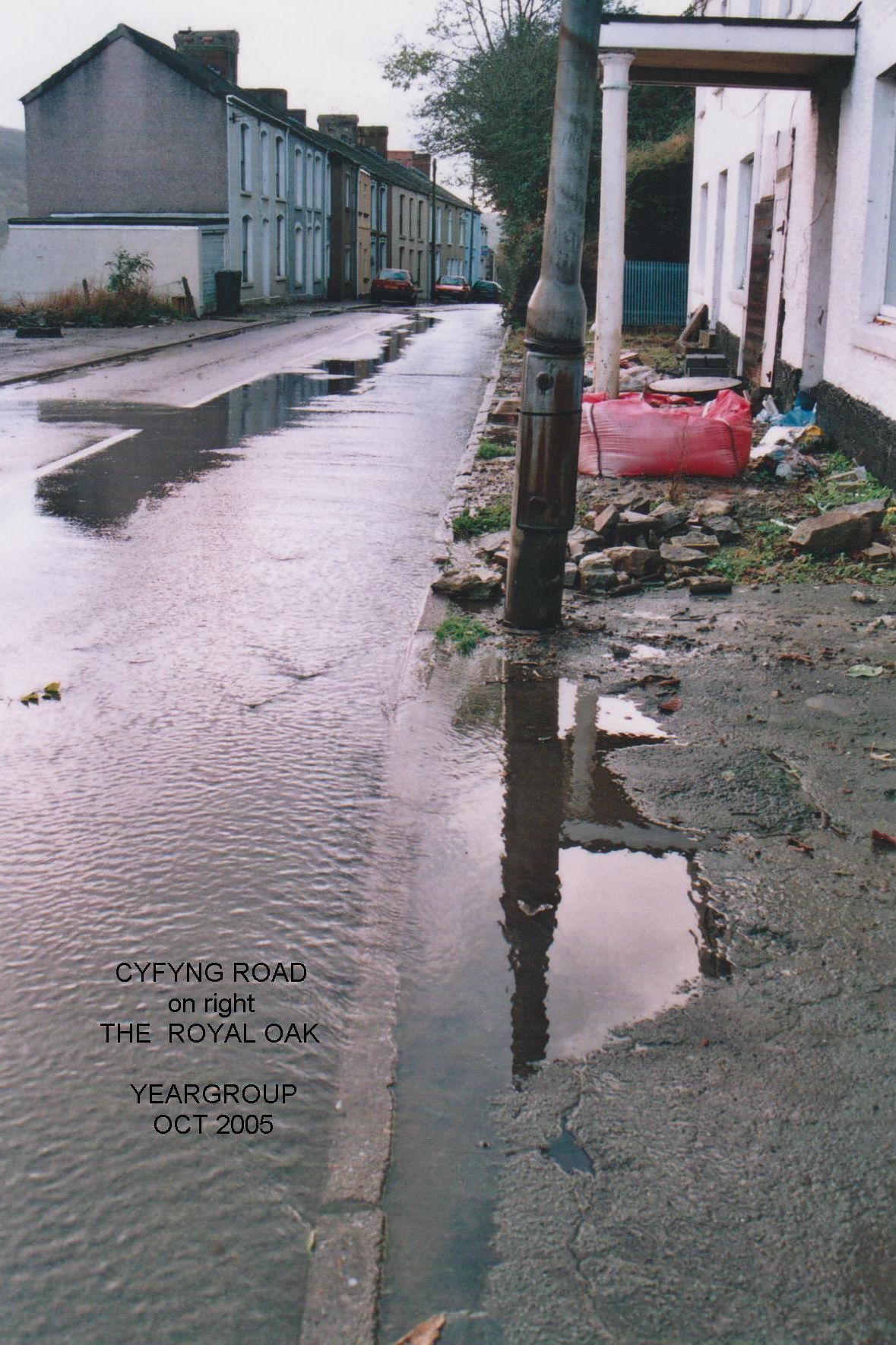
LABOUR VOICE 15th SEPTEMBER 1917
Although the rainfall was very irregular over the country during the month of August, it was nevertheless the wettest August in general experienced since 1912. And where it concerns rain, Ystalyfera is never satisfied to remain second.
Mr. James Williams Wern House Ystalyfera, who keeps constant watch over old Jupiter Pluvius in this area, informs us that during last August 15.94 or nearly 16 inches of rain fell in Ystalyfera, the heaviest fall since August 1912, when the fall was a fraction over 12 and a 1/2 inches.
December is regarded as the wettest month of the year in this area and the highest fall in recent years were Dec 1911 16.32 ins. Dec 1912 13.36 ins. Dec 1914 12.8 ins. Dec 1915 13.5 ins.
I wonder if Mr. James Williams was still alive to experience this:
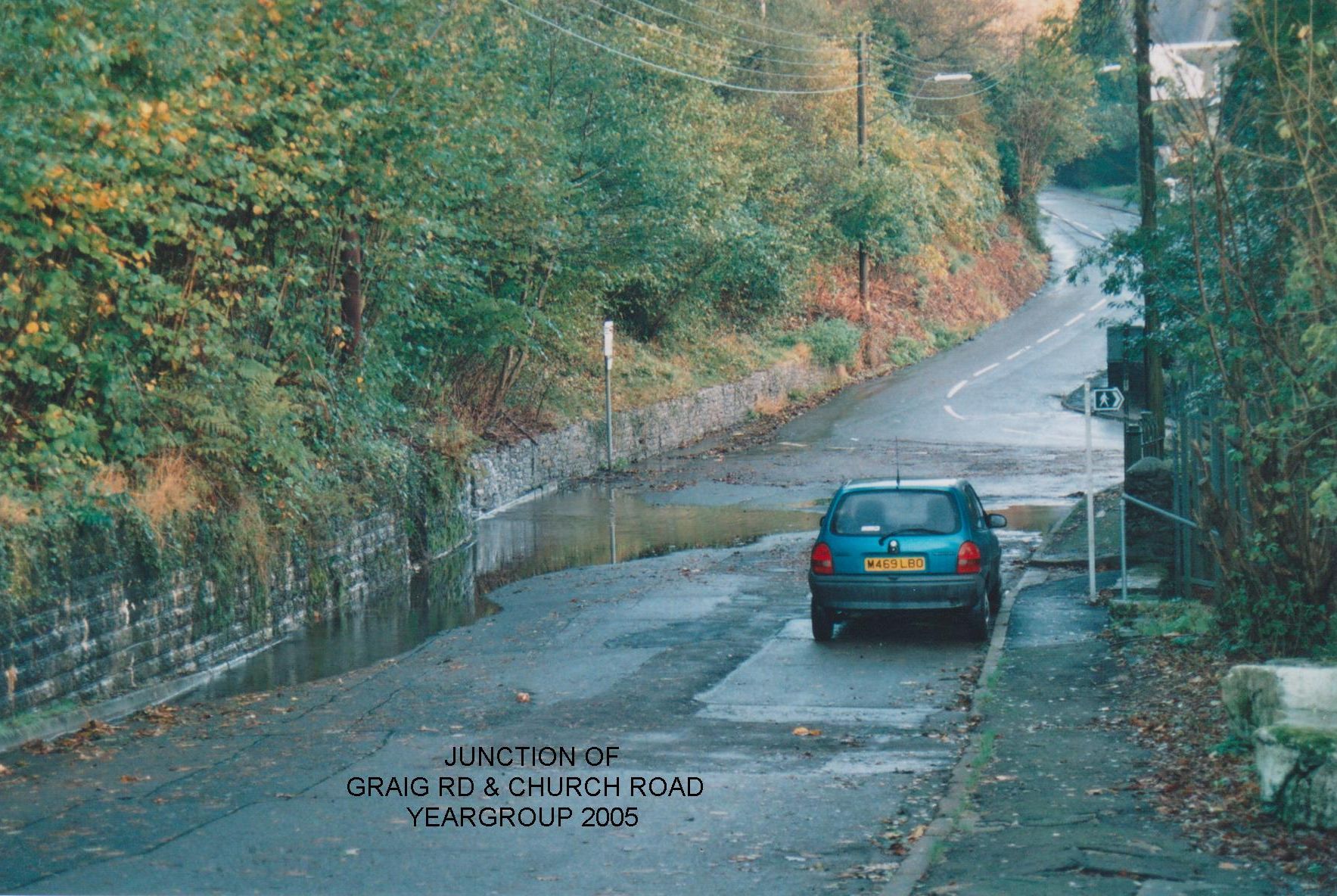
LABOUR VOICE 24th JULY 1926
On Sunday, the district experienced the most severe thunderstorms within living memory and there are many comical and some pathetic tales being told of frightened people hiding from the incessant flashes of lightning and the heavy rumbling of thunder.
During the afternoon, torrential showers of rain fell and hail fell. The hailstones were as large as small marbles and many window panes were broken. Throughout the district and especially on the steep slopes, large numbers of householders were frantically baling out and endeavouring to divert the down rush of water, as well as digging gutters and opening drains.
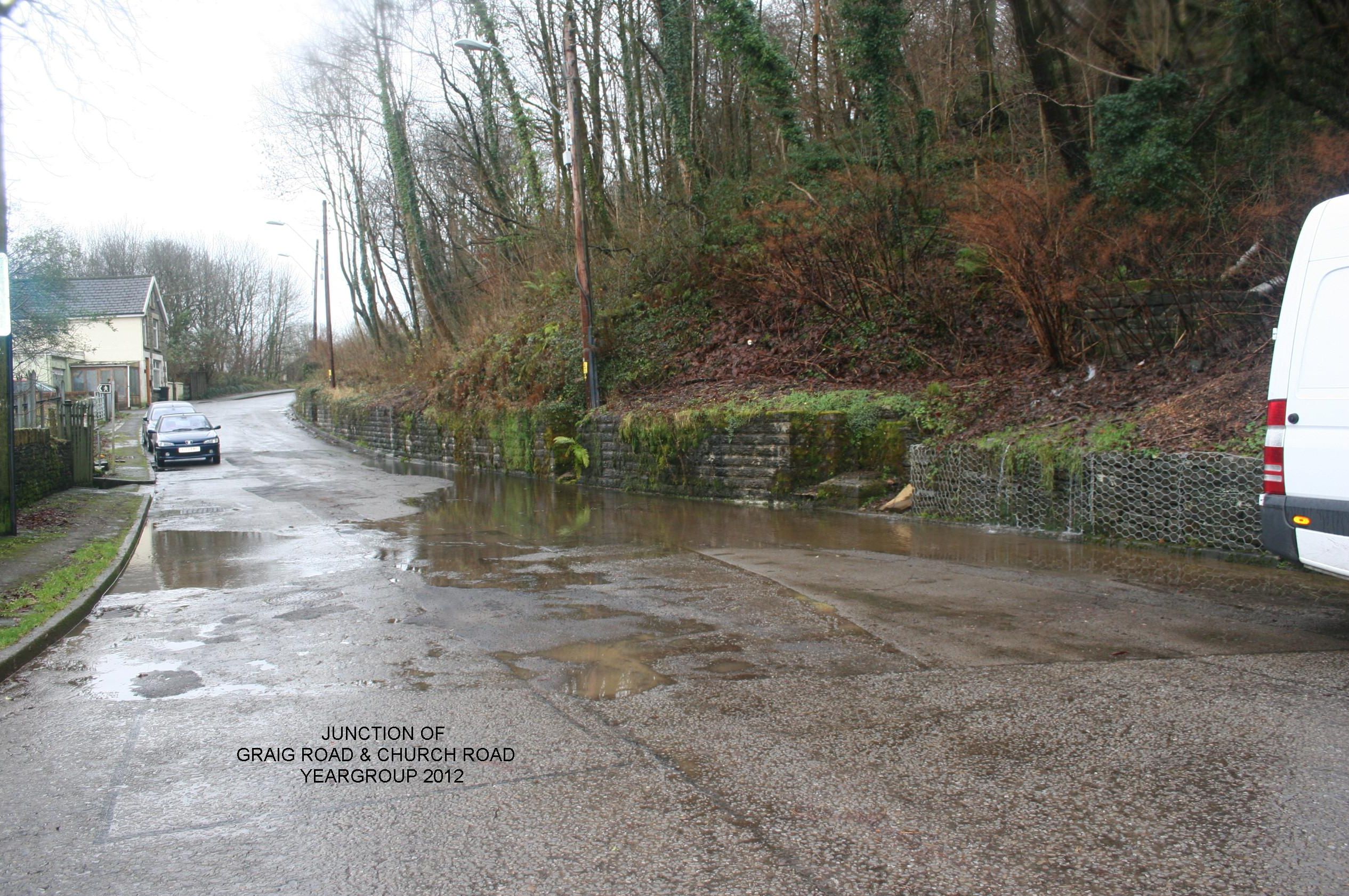
A walk through the locality on Monday showed that Ystalyfera had suffered badly in many places. At three houses near the Golden Lion the water was about 15 inches deep in the kitchens and the inmates were compelled to go upstairs for it was impossible to cope with the rush of water and slime which came down from the by road.
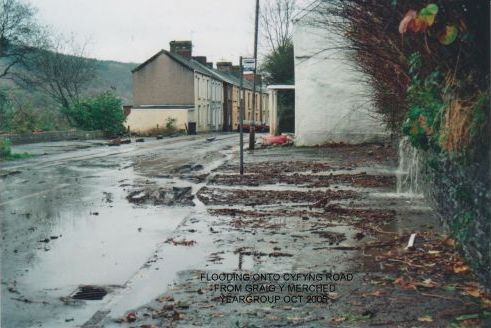
At Pantteg the houses at the rear of the chapel were flooded out and water was continually rushing out of the houses near the Bush a little higher up. At Graig y Merched the conditions were still worse. Tons of debris from the various levels - which have been recently worked for coal - were washed down through the houses at Graig y Merched into the houses at Dyffryn Clwyd and from there into the houses at Clee's Lane.
The water from the mountain side caused havoc also near the Royal Oak and the Vine and on the Square, the shops of Mr. David Morris, hairdresser and Mr. John Jones boot and shoe dealer, suffered considerably.
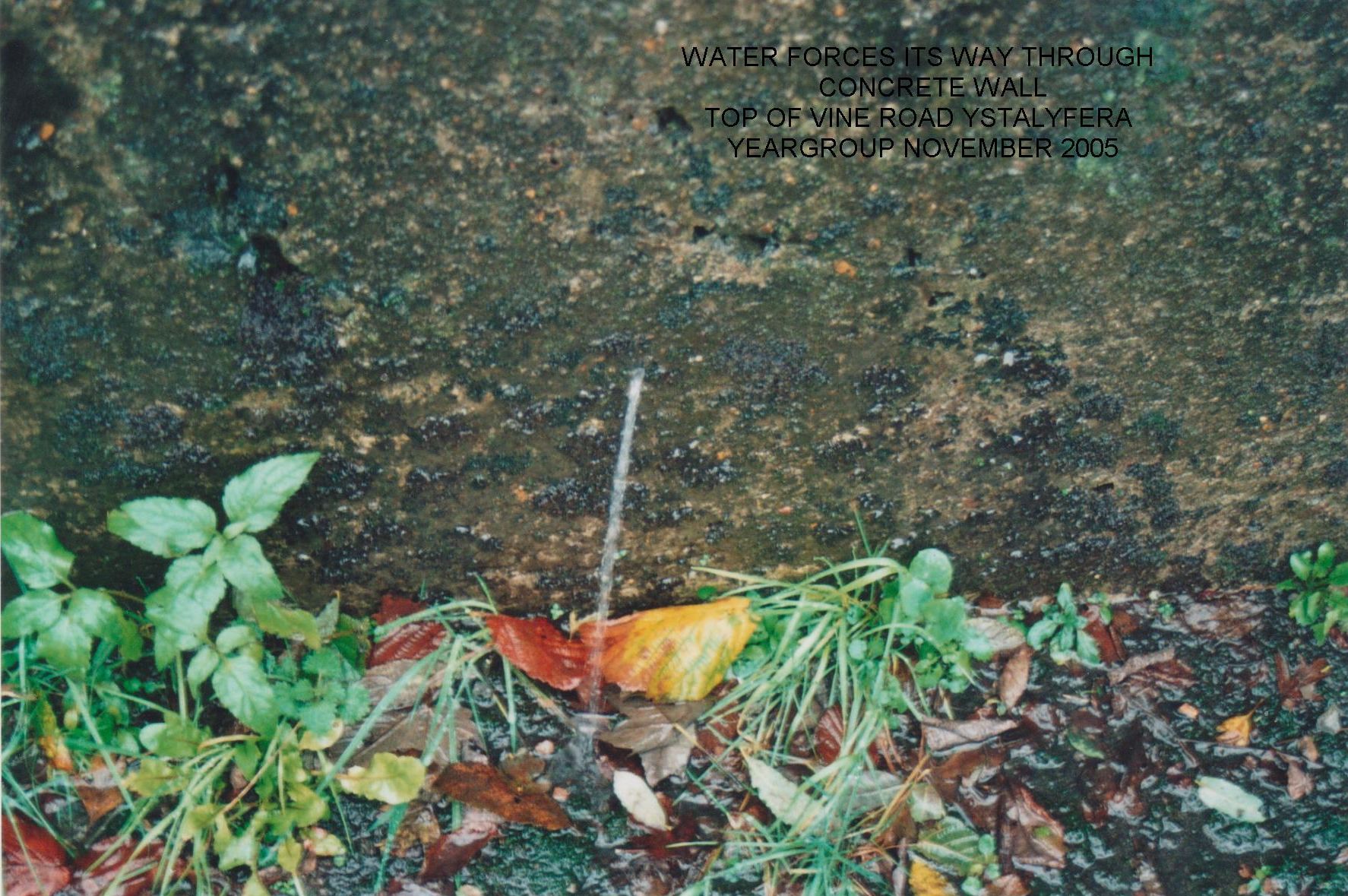
The residents on the flat near the Tin Works were also fully occupied. The water collects at this place from every source and the place was soon a vast lake.
The culverts could not take the swollen streams and hundreds of people were wading through the water with shovels, cutting and opening new gutters, while others were endeavouring to save fowls and chickens.
Fortunately, the showers did not last long; otherwise some houses would have been completely submerged. Tons of debris were to be seen everywhere on Monday morning and a great many men were busily engaged in carting the muck to the various tips, while others were looking for the potatoes which had been washed away.
Having written the above some time last year I wasn't sure how I felt when only this week, whilst researching the death of Miss Jessie Williams, who had been buried in Alltygrug Cemetery, I suddenly realized that she was the youngest daughter of Mr. James Williams (schoolmaster) Wern House. I had written I wonder if Mr. James Williams was still alive to experience this and reading through her obituary I had my answer. Apparently Miss Jessie Williams was one of the first pupils at the Ystalyfera County School. On leaving school and after a period at the Swansea Art School, she became art mistress at Maesydderwen County School. Prior to the list of mourners who attended her funeral, there was this sentence "Since her father's death in 1925, Miss Williams had continued with the work of recording the rainfall in the district, which he (her father) had so faithfully carried out."
Jessie died December 1930 and the unanswered question now is, who continued recording the rainfall, I wonder when I will come across that answer.
Ystalyfera - South Wales

Email Yeargroup:
yeargroup@hotmail.co.uk
Email Wolfian Design:
webdesign@wolfianpress.com
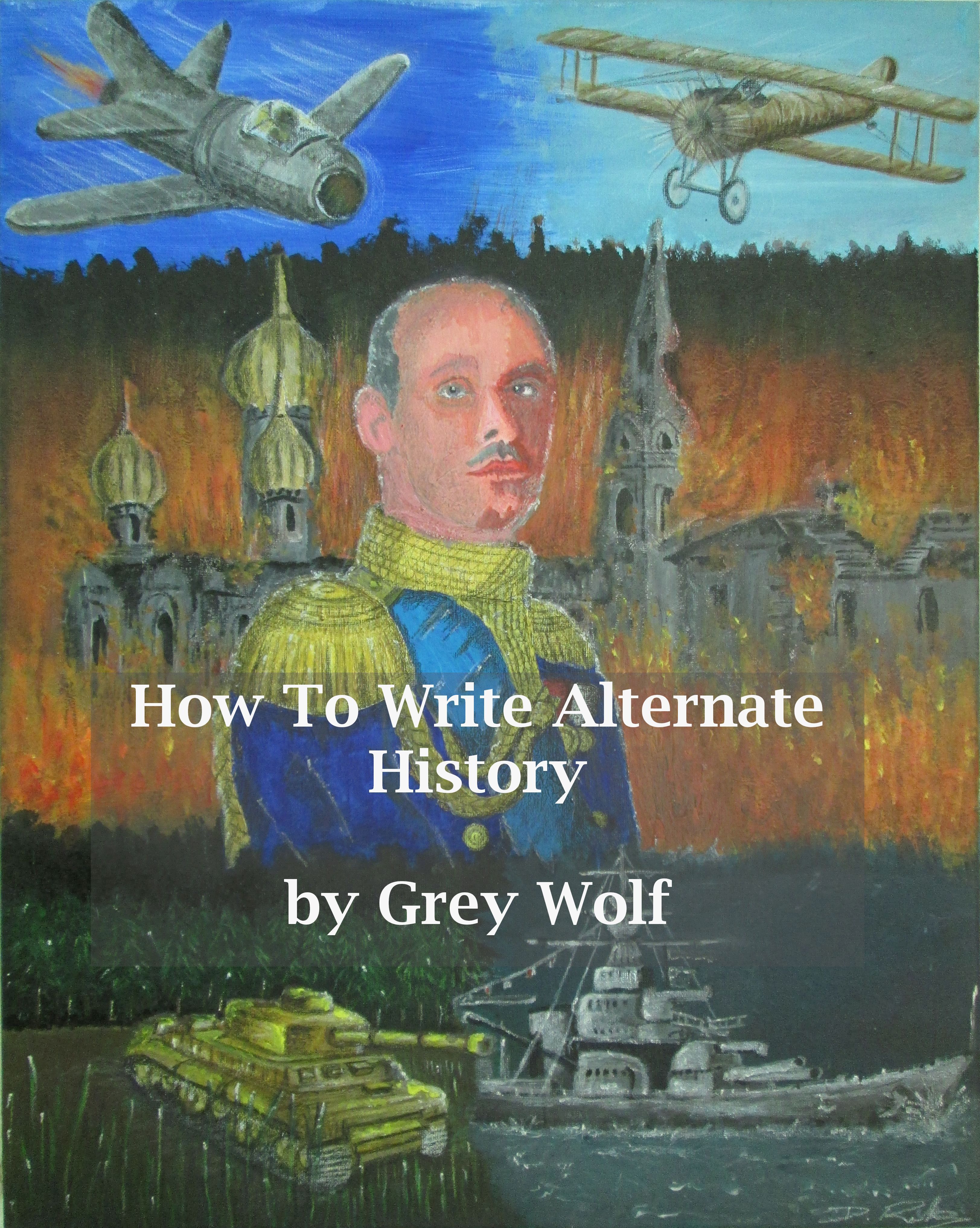
Click the cover to purchase the paperback
How To Write Alternate History is a series of articles by Grey Wolf, examining subjects such as the identity of man, whether man makes the weather, how the everyday in an alternate world is going to be changed and what names for music, vehicles, weapons etc would be different.












